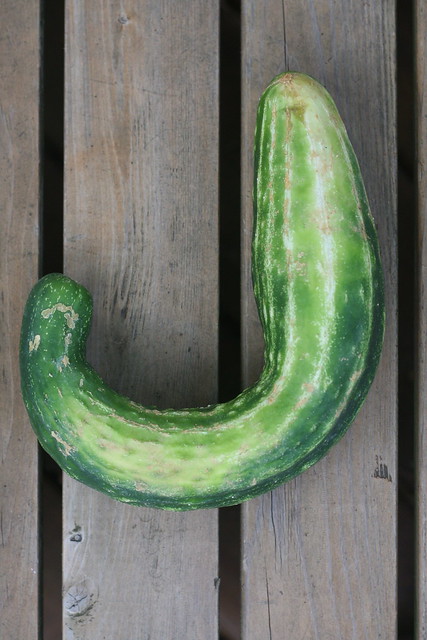Exciting times for preventing food waste! While world environmental leaders are discussing food loss at Rio+20 (and at a side event), Sen. Ron Wyden (D-OR) is making an attempt to get funding for gleaning/food recovery into the Farm Bill.
Wyden’s proposed Amendment 2442 to the Farm Bill (S. 3240) would help provide microloans to gleaning operations, like Urban Gleaners in his district.
The amendment will likely be voted on soon–check in here for updates.
UPDATE: Wyden’s amendment passed and will be in the Senate version of the Farm Bill. Now, whether it makes it into the House version is another story. But there’s some hope of a compromise in this Fall’s sausage making.
And here’s the full text, for those who speak lawyerese:
SA 2442. Mr. WYDEN submitted an amendment intended to be proposed by him to the bill S. 3240, to reauthorize agricultural programs through 2017, and for other purposes; which was ordered to lie on the table; as follows:
At the end of section 3201 of the Consolidated Farm and Rural Development Act (as added by section 5001), add the following:
“(e) Pilot Loan Program to Support Healthy Foods for the Hungry.–
“(1) DEFINITION OF GLEANER.–In this subsection, the term `gleaner’ means an entity that–
“(A) collects edible, surplus food that would be thrown away and distributes the food to agencies or nonprofit organizations that feed the hungry; or
“(B) harvests for free distribution to the needy, or for donation to agencies or nonprofit organizations for ultimate distribution to the needy, an agricultural crop that has been donated by the owner of the crop.
“(2) PROGRAM.–Not later than 180 days after the date of enactment of this subsection, the Secretary shall establish, within the operating loan program established under this chapter, a pilot program under which the Secretary makes loans available to eligible entities to assist the entities in providing food to the hungry.
“(3) ELIGIBILITY.–In addition to any other person eligible under the terms and conditions of the operating loan program established under this chapter, gleaners shall be eligible to receive loans under this subsection.
“(4) LOAN AMOUNT.–
“(A) IN GENERAL.–Each loan issued under the program shall be in an amount of not less than $500 and not more than $5,000.
“(B) REDISTRIBUTION.–If the eligible recipients in a State do not use the full allocation of loans that are available to eligible recipients in the State under this subsection, the Secretary may use any unused amounts to make loans available to eligible entities in other States in accordance with this subsection.
“(5) LOAN PROCESSING.–
“(A) IN GENERAL.–The Secretary shall process any loan application submitted under the program not later than 30 days after the date on which the application was submitted.
“(B) EXPEDITING APPLICATIONS.–The Secretary shall take any measure the Secretary determines necessary to expedite any application submitted under the program.
“(6) PAPERWORK REDUCTION.–The Secretary shall take measures to reduce any paperwork requirements for loans under the program.
“(7) PROGRAM INTEGRITY.–The Secretary shall take such actions as are necessary to ensure the integrity of the program established under this subsection.
“(8) MAXIMUM AMOUNT.–Of funds that are made available to carry out this chapter, the Secretary shall use to carry out this subsection a total amount of not more than $500,000.
“(9) REPORT.–Not later than 180 days after the maximum amount of funds are used to carry out this subsection under paragraph (8), the Secretary shall submit to the Committee on Agriculture of the House of Representatives and the Committee on Agriculture, Nutrition, and Forestry of the Senate a report that describes the results of the pilot program and the feasibility of expanding the program.


